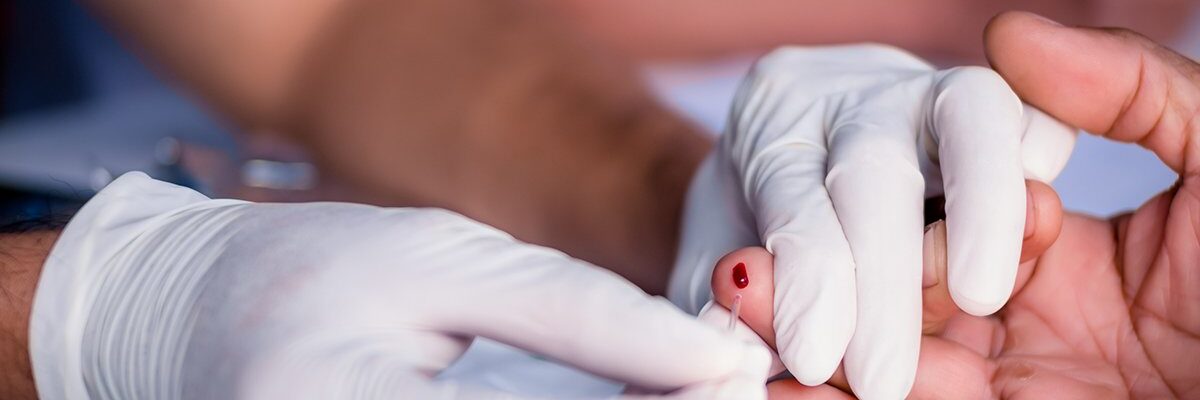Getting tested for HIV is an essential step in understanding your health, especially if you’re concerned about possible exposure. However, it’s important to understand how HIV testing works and whether a negative result guarantees you’re free from the virus.
Understanding the HIV Testing Window Period
When testing for HIV, it’s crucial to consider the window period—the time between potential exposure to HIV (e.g., unprotected sex) and when the virus can be detected by a test. This period typically ranges from 3 to 6 months, depending on the type of test used.
If you were tested within 10 days of experiencing symptoms or a high-risk activity, your test may not yet detect the virus, even if you are infected. During this period, the virus may still be in your system but at levels too low for the test to identify. For conclusive results, retesting is often recommended after the window period has passed.
Steps to Ensure Safety
Regardless of your test results, adopting safer practices is key to protecting yourself and others from HIV:
- Retest after the window period. If your first test was done shortly after potential exposure, schedule a follow-up test in 3–6 months for confirmation.
- Use protection. Always use condoms during vaginal, anal, or oral sex to minimize the risk of HIV and other sexually transmitted infections (STIs).
- Avoid high-risk behaviors. Reduce activities such as unprotected sex with unfamiliar partners or sharing needles.
- Educate your partner(s). Encourage your sexual partners to get tested and practice safe sex together.
Final Thoughts
While a negative HIV test is reassuring, it is not always definitive if the test was taken during the window period. For peace of mind, retesting and maintaining safe practices are essential. Remember, early detection and prevention are critical in managing HIV effectively. If you have further concerns, consult a healthcare professional for personalized advice and support.


